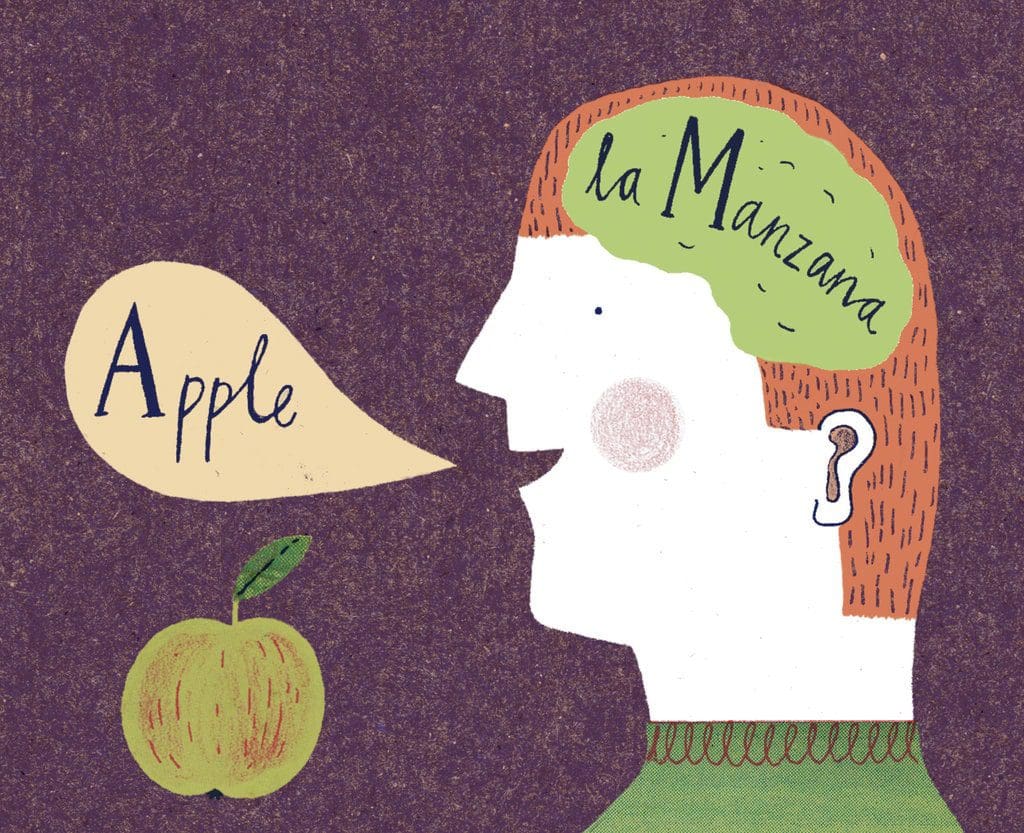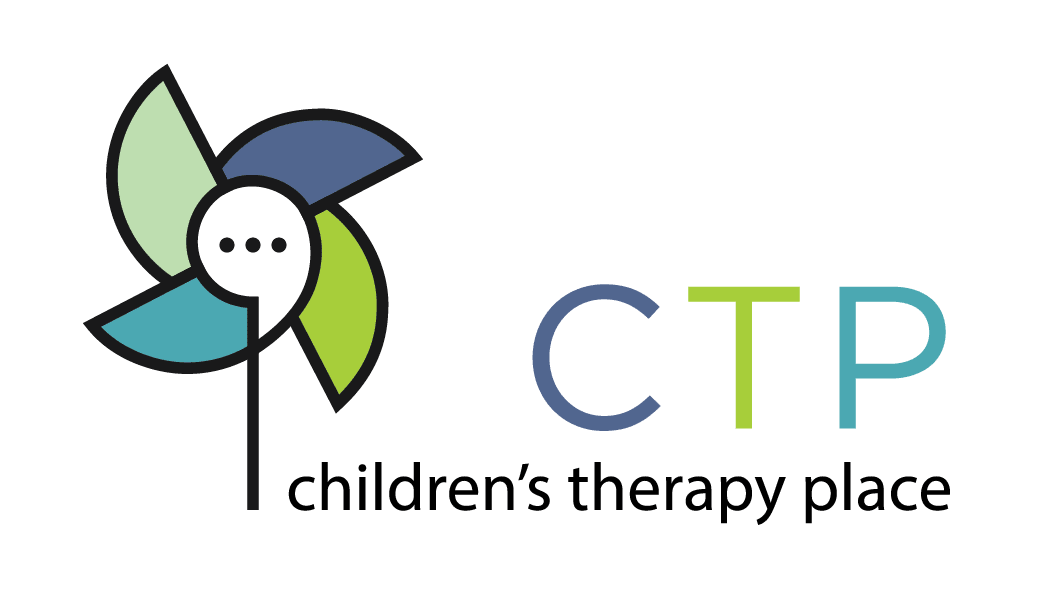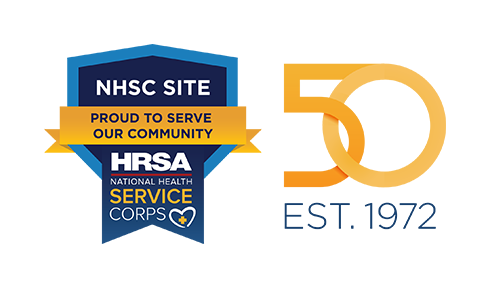The Benefits and Myths Surrounding Bilingualism

By: Thomas GM González, MS, CCC-SLP
Bilingual Speech-Language Pathologist at Children’s Therapy Place (CTP) in Boise and Nampa, Idaho
Bilingualism continues to rise in popularity nationwide. In fact, there are more bilingual than monolingual individuals globally. In the United States, approximately 20%, or one fifth, of all school-age children between the ages of 5 and 17 speak a language other than English at home. This already large percentage is expected to increase in the upcoming years as our country becomes more diverse and multicultural, according to the US Department of Education. Sometimes, bilingualism is not a choice: Many parents might know and use only one language at home (for example, Spanish or Mandarin Chinese as their heritage language), but their child’s education is offered only in English. Other times, bilingualism is, in fact, a choice parents make for their child, even those parents who may not be fluent in the second language, because of the many life-long benefits bilingualism can provide for their child’s future and ever developing brain.
So what exactly are the benefits of bilingualism that many of us have come to wonder about for children and adults? Some of the benefits are based on, but are not limited to, the following findings from peer-reviewed cognitive-linguistic studies: (1) a slower rate of aging effects on the brain; (2) a delayed onset of dementia; (3) greater creativity, planning, and complex problem-solving; (4) increased attention span and filtering of irrelevant information (i.e., ignoring distractions); (5) greater access and connection to diverse people, cultures, ideas, and resources from across the world; and (6) higher employment rates and incomes. What’s more, the more proficient a child is in the second (or even third) language, the greater his or her cognitive benefits in terms of attention and problem solving.
In my career thus far as a bilingual speech-language pathologist, I have met several parents who have expressed concerns about bilingualism on their child’s language development. Fortunately, bilingualism research has been well documented and supported, and can help assuage some of these very understandable fears. To elucidate bilingualism even more, I will address and debunk each of these “myths” or hesitations sequentially below.
Myth 1: Bilingualism can cause language delay.
The first question I often hear is “Will bilingualism cause a language delay?” It is the case that the vocabulary of bilingual children for their two languages is typically smaller than the vocabulary of monolingual children for their one language — at least in the beginning. However, bilingual children’s total vocabulary is the same size as that of monolingual children, if one considers the multiple representations they have for a concept (e.g., “apple” and “manzana” as two words corresponding to the same referent). Bilingual children may say their first words a little later than monolingual children, but their first words are still within the normal age range of 8 to 15 months. As with monolingual children, bilingual children are expected to meet other developmental milestones such as two-word combinations around the age of two years.
Myth 2: Mixing languages in a sentence is a sign my child has a learning problem.
The second question I encounter frequently as an SLP is “If my child mixes languages, does this mean he or she is confused and has a learning problem? Why doesn’t he or she just stay in one language for his or her entire sentence?” I’m happy to explain that jumping languages, or code switching, is a natural component of bilingualism and is actually a sign of bilingual proficiency. Code switching happens for bilingual adults and children when a target word cannot be accessed readily during a conversation, and many times code switching serves a pragmatic function such as emphasis or the expression of a more intense emotion. For example, a bilingual child may produce a sentence with code switching such as “Y luego, la mujer dijo STOP!” (which is Spanish blended with English, meaning, “And then the woman said STOP!”)
Myth 3: If our family speaks a different language at home, we need to stop doing that so our child can learn English.
The third and final question that many parents of bilingual children ask me and that breaks my heart because of its cultural and familial implications is “Should I stop speaking our home language so that our child will speak the dominant language?” The simple answer to this question is … absolutely not! If parents attempt to use the majority language and they are not comfortable or fluent enough in the language to feel natural and uninhibited expressing themselves, an unfortunate linguistic, social, and emotional barrier is created between the parents and the child. The otherwise fluid interactions between the parents and their child are consequently less spontaneous when unnecessary obstacles against smooth communication are built from the belief that a dominant language (e.g., English) must replace the home language (e.g., Bosnian). Furthermore, a child who is raised without the home language can feel isolated from family members, even from parents, who speak only the heritage language. There also is a high risk of losing the heritage language if it is not encouraged at home continually. Thus, in response to this question, I proudly say, “Keep the home language surviving and thriving because it is an essential part of the child’s culture and identity!” There is no evidence whatsoever to suggest that a dominant language like English must be used constantly at home for a child to acquire it. Additionally, a solid foundation in the heritage language helps children obtain a second language more easily.
After reading this blog, if you suspect your bilingual child does present with a speech or language delay because of struggles with meeting communication milestones, consult a bilingual speech-language pathologist or a speech-language pathologist who can work closely with an interpreter during testing at Children’s Therapy Place (CTP). As written previously, note that bilingual children are expected to meet the same developmental milestones as monolingual children, and if a speech or language delay truly exists, it will manifest in both languages. Last but certainly not least, remember that bilingualism is one of your child’s many gifts, and this ability should be supported to thrive and shine.
For more information on CTP’s Speech-Language Therapy or to see if your child may qualify for services, call 208-323-8888 today!
*Photo Credit: Harriet Russell, New York Times

